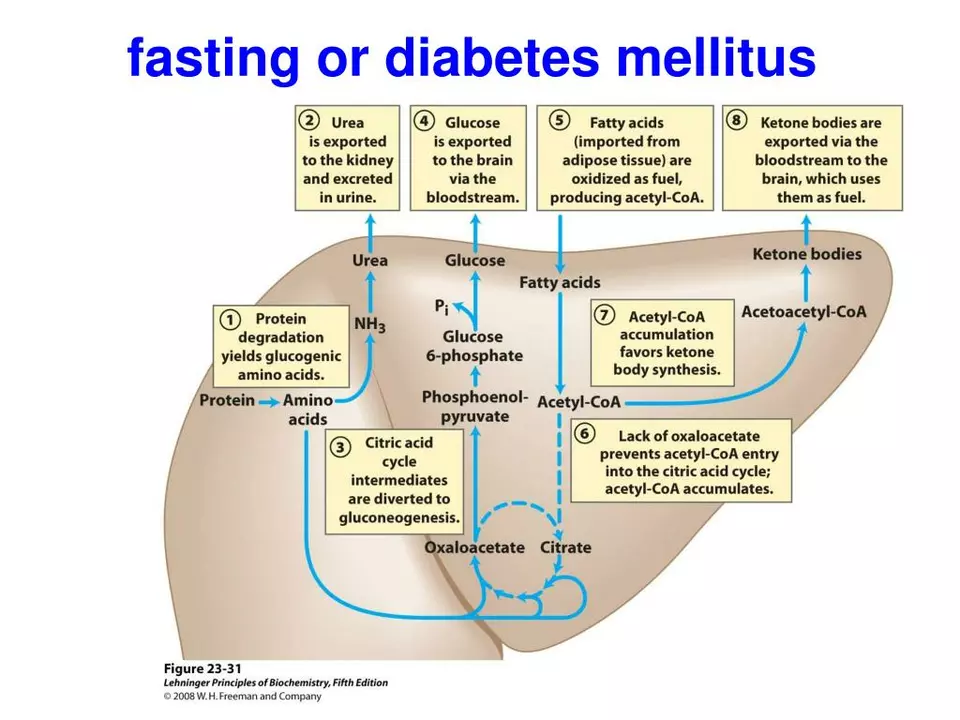Spironolactone: What It Does, When to Use It, and How to Stay Safe
Want a straight answer about spironolactone? This drug is a potassium-sparing diuretic and anti-androgen. Doctors prescribe it for high blood pressure, heart failure (as an aldosterone blocker), and off-label for hormonal acne or hair growth in women. Below you’ll find clear, practical advice on uses, common doses, side effects, and safety checks.
How it works and common uses
Spironolactone blocks aldosterone in the kidneys, so your body holds less sodium and water and keeps more potassium. That lowers blood pressure and reduces fluid in heart failure. It also blocks androgen receptors, which is why it helps hormonal acne and reduces unwanted facial or body hair in women.
Typical doses vary by reason: 25–100 mg daily for high blood pressure, 25–50 mg for heart failure (doctors sometimes use 50–100 mg), and 50–100 mg daily for acne or hirsutism. Doctors usually start low and increase slowly to watch for side effects.
Side effects, risks, and safety tips
Know the main risks: high potassium (hyperkalemia), low blood pressure, dizziness, breast tenderness, irregular periods, and in men — reduced libido or gynecomastia. If you have kidney disease, spironolactone can raise potassium dangerously. That’s the single biggest lab issue to watch.
Before starting, get a baseline serum potassium and creatinine. Recheck labs about 1–2 weeks after starting or after any dose change, then periodically. If potassium rises above safe levels, your doctor will lower the dose or stop the drug.
Avoid combining spironolactone with potassium supplements, potassium-sparing meds, or high-dose ACE inhibitors/ARBs without close monitoring. Tell your doctor about NSAID use, herbal supplements, and any other blood pressure medicines.
Pregnancy and breastfeeding: do not use spironolactone in pregnancy if you can avoid it. Its anti-androgen effects could affect a male fetus. Talk to your clinician about safer options if you’re pregnant or trying to conceive. Breastfeeding decisions should be individualized.
Practical tips: take spironolactone with food to reduce stomach upset. If you feel lightheaded, stand up slowly and check your blood pressure. Keep a list of all medicines and share it with your provider. If you’re using spironolactone for acne, it can take 2–3 months to see real improvement.
Who should not take it: people with potassium above the normal range, severe kidney disease, Addison’s disease, or known allergy to spironolactone. Men should discuss risks like breast changes and sexual side effects before using it for off-label purposes.
Questions? If you’re thinking about spironolactone, talk to your prescriber. They’ll pick the right dose, order labs, and make a monitoring plan that fits your health. Want articles about acne, blood pressure, or steroid alternatives? Browse our related posts to learn more and compare options.
The Role of Spironolactone in Treating Hirsutism
As a blogger, I recently delved into the topic of spironolactone in treating hirsutism. It turns out that spironolactone is a widely used medication for treating this condition, which causes excessive hair growth in women due to hormonal imbalances. By acting as an androgen blocker, spironolactone helps to reduce hair growth and improve the physical appearance of those affected. In many cases, it's combined with other treatments such as oral contraceptives to achieve optimal results. It's truly fascinating to learn about the significant role spironolactone plays in helping women regain their confidence and overcome the challenges of hirsutism.






